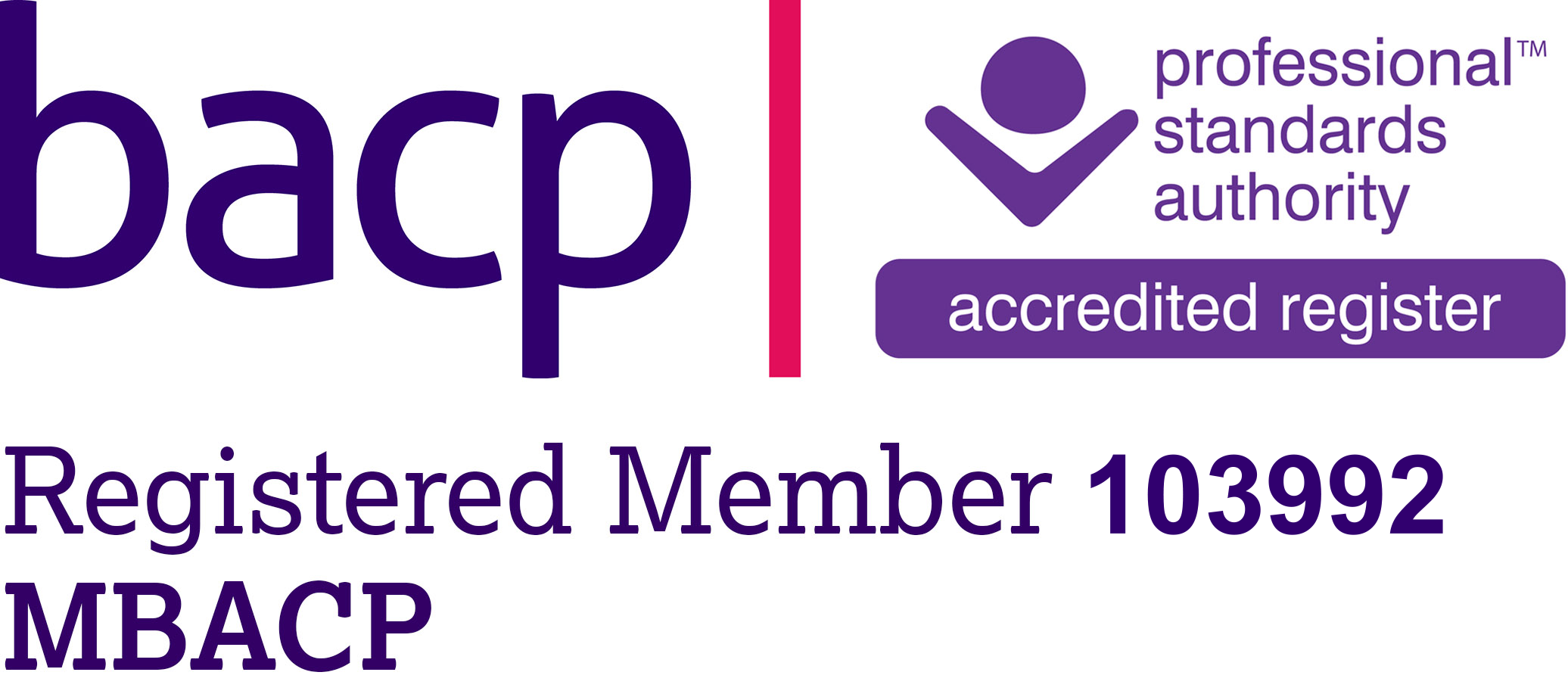What Are You Saying To Others in Your Non-verbal Communication?
by Samantha De Bono
Sending mixed signals is one of the most frequent causes of miscommunication, so it's important that we are aware of our non-verbal communication. Does our body language correspond with what we are saying? For example, if you are talking to your partner but he/she keeps looking away you won't feel listened to or heard, when it's likely your partner will say they've heard every word, they may well have been listening but the lack of eye contact will cause you to doubt what they are saying. It is the conflict between verbal communication and non-verbal communication that often creates a disconnect in a relationship, not just intimate ones either.
It takes more than words to create fulfilling, strong relationships – non-verbal communication has a huge impact on the quality of our relationships. Facial expression, eye contact, touch, space, gestures, tone of voice, posture and body movements are all crucial in communicating with others.
Voice: Non-verbal voice sounds such as tone, pitch, volume, inflection, rhythm, and rate are important communication elements. When we speak, other people "read" our voices in addition to listening to our words, so it's often not what we say, but how we say it that dictates the reply, response or reaction from the other person. These nonverbal speech sounds provide subtle but powerful clues into our true feelings and what we really mean. If a couple are talking and one says to the other "I don't think you're listening?" and receives the reply "but of course I am dear" the reaction will depend upon the tone of voice in that reply. It could be dripping with sarcasm or very genuine but that will only be conveyed by the tone it was given in.
Facial expression: Faces are extremely expressive, unless of course it's been botoxed up to the eyebrows, the human face is able to express countless emotions without saying a word, and unlike some forms of nonverbal communication, facial expressions are universal. The facial expressions for happiness, sadness, anger, surprise, fear, and disgust are the same worldwide.
Eye contact: This visual sense is dominant for most people; eye contact is an especially important type of non-verbal communication. The way you look at someone can communicate many things, including interest, affection, hostility, or attraction. Eye contact is also important in maintaining the flow of conversation and for gauging the other person's response.
Touch: We communicate a great deal through touch. Think about the messages given by the following: a firm handshake compared to a weak handshake, a timid tap on the shoulder, a warm bear hug, a reassuring pat on the back, a patronizing pat on the head, or a controlling grip on your arm. Be aware too, that although you may be a 'touchy-feely' person, that doesn't necessarily mean someone else wants to be touched – reading other signs is paramount when touching other people.
Space: Have you ever experienced a time when another person has been standing uncomfortably close you? It feels like an invasion of your space doesn't it? You move back, they following you and they just don't seem to get the message. We all have a need for physical space although that need depends on different circumstances, for example, on a crowded tube train, we accept that others will be standing in close proximity whether we like it or not and close physical proximity is okay when we are intimate with another person or showing affection. However, the use of physical space can also communicate aggression and dominance.
Posture: Think about how your perceptions of people are affected by the way they sit, walk, stand up, or hold their head. The way you move and carry yourself communicates a wealth of information to others. This type of nonverbal communication includes your posture, bearing and stance. If a person walks into a crowded room, we can tell whether he/she is feeling confident, intimidated, shy or nervous just by the way he/she entered the room.
Body movements: The most subtle movements are taken in by others, even if they are not aware that they have noticed. Someone who continually shifts from one foot to the other whilst another person is talking, is likely to be considered bored with the conversation, yet in fact may just have uncomfortable shoes, back ache, sore feet, or desperate for a toilet break. Be careful of how the most innocent of movements can be perceived by others.
Gestures: We express ourselves with gestures, often without thinking of how those gestures are being perceived. Pointing for example can appear aggressive and controlling and in an argument is an absolute no-no! I always say to my clients 'if you are pointing your finger at another person, remember there are 3 more pointing back at you'. Gestures are woven into the fabric of our daily lives, we wave, point, beckon, and use our hands when we're arguing or speaking animatedly, however, the meaning of gestures can be very different to other people, so it's important to be careful to avoid misinterpretation.
So next time you are arguing with your spouse, or if you're single and not having any luck securing a second date, think about how you might be perceived by that other person. If you don't get that pay rise despite asking for it, perhaps your body language or tone of voice is telling your boss you don't truly believe you deserve it. If the girls in the office don't include you even though you want to be part of the group, ask yourself if your non-verbal communication is communicating something else, perhaps you come across as arrogant or moody.
If after thinking about it, you still cannot see how you might be perceived by others, ask someone you trust and who you know will be honest with you. It might sting a bit, but it will be worth it!


